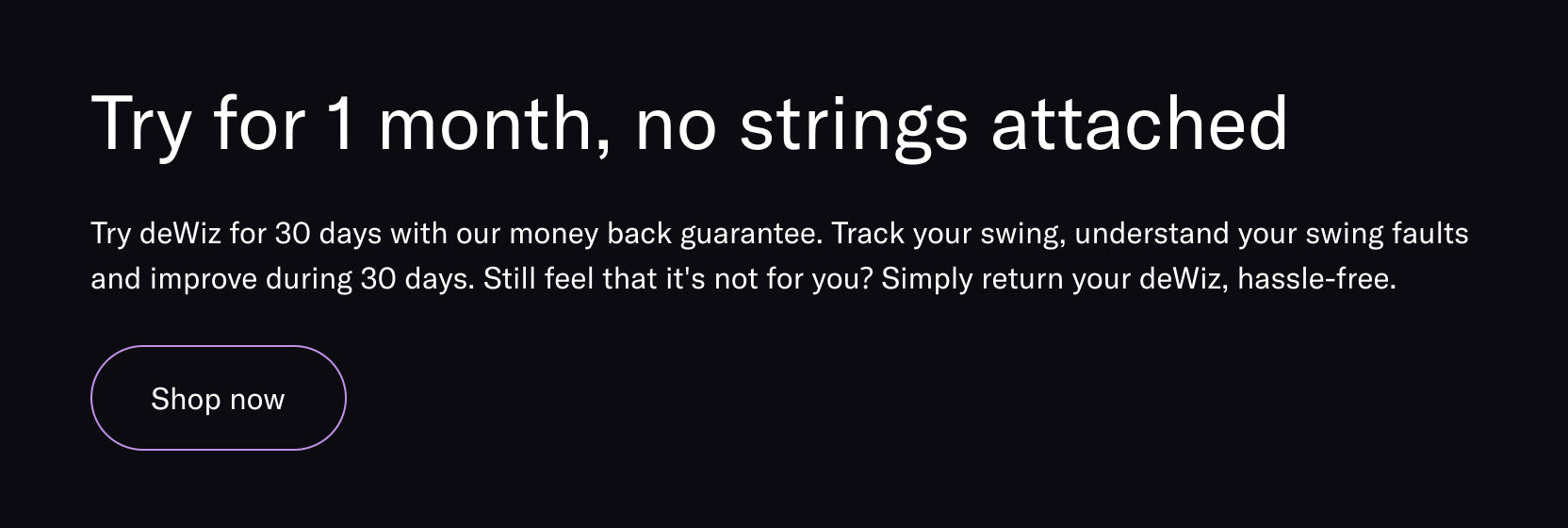Everything you need to know regarding the deWiz Backswing Plane measurement.
How is backswing plane measured?
deWiz measures the Backswing Plane along a straight line from the hand position at address to the top of the backswing.
Players with a flatter backswing, will generally find a tendency to transition more Over-the-Top, while excessively steep backswings lead to other issues like shoulder tilt and lowered attack angles.
Compare your numbers

Use this chart to see how your Backswing Plane compares to others in your skill range as well as some of our professional ambassadors! Unlike other data points where there are more clear delineations between skill levels, backswing plane is much more "player-specific".
One common trend, however, is that the backswing plane should get steeper as the club becomes shorter.
The "Split hand drill"
Ever wonder why so many hockey players are able to transition to golf more seamlessly than other athletes?
Unlike a baseball swing, the fundamentals of a slap shot in hockey translate very well to a golf swing - particularly when it comes to the backswing. If you struggle with too steep of a backswing (> 80°) or too flat (< 60°), try taking some practice swings with the club gripped like a hockey stick.
When the hands are separated, you'll have less wrist action, allowing to take the club back on a more consistent plane. Take a few practice swings and take note of the deWiz Backswing Plane number, and then try to replicate it with your normal grip!


